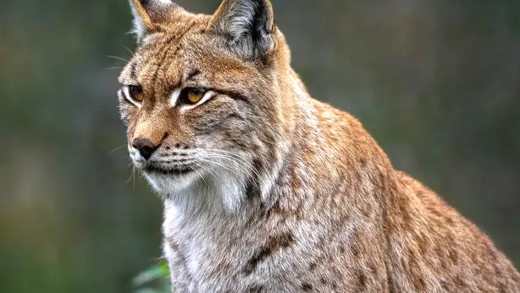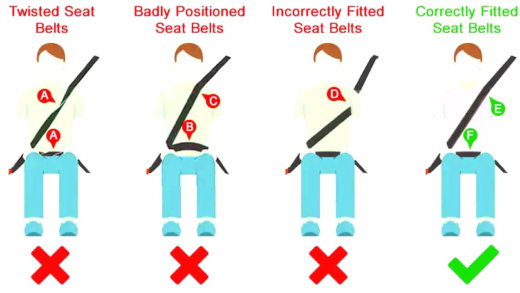Grass spiders are harmless garden allies known for their unique funnel-shaped webs. They help control pest populations and thrive in grassy environments. Differentiating them from similar species involves noting their slender bodies and web structures. If found indoors, they can be safely relocated outside. Their presence in gardens indicates a healthy ecosystem, as they contribute to natural pest control without the need for chemicals.
What is a Grass Spider?
Grass spiders are fascinating creatures that play a crucial role in our gardens and ecosystems. These spiders, known scientifically as Agelenidae, are easily recognizable by their long, slender bodies and distinctive webs. Typically, grass spiders have a brown or gray coloration with lighter stripes running down their backs, making them blend seamlessly with their grassy habitats.
Grass spiders are not particularly large, usually measuring between 1 to 2 inches in length. Their most notable feature is their web, which is a funnel-shaped structure that they create in grass or low vegetation. This web design is specifically adapted for capturing prey effectively. Grass spiders are agile hunters, often seen darting out from their webs to catch unsuspecting insects.
Are Grass Spiders Dangerous?
Many people wonder if grass spiders are dangerous to humans or pets. The good news is that grass spiders are generally not considered harmful. While they can bite if threatened, their venom is not dangerous to humans. The bite may cause slight irritation or redness, similar to a mosquito bite, but it is not life-threatening.
It’s important to note that grass spiders are beneficial in controlling pest populations in gardens. They primarily feed on insects such as flies, moths, and other small bugs, helping to keep these populations in check. Therefore, instead of being a threat, grass spiders should be viewed as allies in maintaining a healthy garden ecosystem.
Grass Spider Habitat
Grass spiders thrive in a variety of habitats, often found in grassy fields, gardens, and forest edges. They prefer areas with low vegetation where they can easily build their funnel-shaped webs. These spiders are typically ground dwellers, hiding in the foliage during the day and becoming active at night.
In urban areas, grass spiders can often be found in lawns, flower beds, and near shrubs. Their presence is a good indicator of a healthy environment, as they thrive in locations with abundant insect life. To spot grass spiders, look for their characteristic webs in the early morning dew or in areas with dense grass.
Types of Grass Spider Webs
Grass spiders are renowned for their unique web structures. Unlike the typical orb webs that many spiders construct, grass spiders create funnel-shaped webs. These webs consist of a narrow, tubular section that leads to a wider, flat area. The design serves a specific purpose: it allows the spider to hide within the funnel while waiting for unsuspecting prey to wander too close.
The funnel shape is not just for aesthetics; it enhances the spider’s hunting efficiency. When an insect falls onto the web, the grass spider can quickly dart out from its hiding spot, using the silk to ensnare its meal. These webs can often be found in grass, shrubs, or low vegetation, camouflaging perfectly with their surroundings.
What Do Grass Spiders Eat?
Grass spiders primarily feed on small insects, making them vital players in the ecosystem. Their diet mainly includes:
- Flies
- Moths
- Beetles
- Ants
- Other small bugs
By consuming these pests, grass spiders help keep insect populations in balance, thereby contributing to a healthier garden environment. Their role in pest control is invaluable, especially in gardens where they naturally reduce the need for chemical pesticides.
How Do Grass Spiders Catch Their Prey?
Grass spiders have evolved unique hunting techniques to catch their prey effectively. They rely on their speed and agility, which allows them to pounce on unsuspecting insects that venture too close to their web. The process includes several steps:
- **Waiting**: Grass spiders remain hidden in their funnel-shaped webs, perfectly camouflaged.
- **Detection**: They are sensitive to vibrations in their web, which alert them when an insect has landed.
- **Pouncing**: Once an insect is detected, the spider quickly rushes out, using its speed to capture the prey.
- **Ensnaring**: The spider wraps the caught insect in silk to immobilize it before consuming it.
This hunting strategy showcases their adaptability and efficiency, making them formidable predators in the garden ecosystem.
Interesting Facts About Grass Spiders
Grass spiders have several fascinating traits that many people may not know:
- Grass spiders can be found across North America and are particularly common in gardens and fields.
- They are often mistaken for wolf spiders due to their similar appearance, but grass spiders have distinctive funnel webs.
- Grass spiders can live for several years, with some species surviving up to two years.
- Despite their predatory nature, grass spiders are often more scared of humans than we are of them.
- Their ability to adapt to various environments makes them resilient survivors.
These intriguing facts highlight the importance of grass spiders in our ecosystems and encourage a deeper appreciation for these remarkable creatures.
Differentiating Grass Spiders from Other Spiders
Grass spiders are often confused with other spider species, particularly wolf spiders due to their similar appearance. To accurately identify grass spiders, look for the following characteristics:
- Body Shape: Grass spiders have a slender, elongated body compared to the bulkier wolf spiders.
- Web Structure: The most distinctive feature is their funnel-shaped web, which is quite different from the orb-shaped webs of many other spiders.
- Coloration: Grass spiders typically exhibit a brown or gray color with lighter stripes, helping them blend into grassy environments.
- Hunting Technique: Unlike many spiders that catch prey in their webs, grass spiders actively chase and pounce on their prey.
- Size: Grass spiders are generally smaller, measuring 1 to 2 inches in length.
By observing these traits, you can easily differentiate grass spiders from other similar species, ensuring you recognize these helpful garden allies.
What to Do If You Find a Grass Spider in Your Home?
If you encounter a grass spider indoors, there are several steps you can take to handle the situation calmly:
- Remain Calm: Understand that grass spiders are not aggressive and pose no significant threat.
- Do Not Attempt to Handle: Avoid direct contact as they may bite if threatened.
- Relocate: Use a container to gently capture the spider and release it outside, preferably in a garden or grassy area.
- Seal Entrances: Inspect your home for possible entry points and seal any gaps to prevent future encounters.
- Maintain Cleanliness: Regularly clean your home and garden to minimize hiding spots for spiders.
By following these steps, you can ensure a peaceful coexistence with grass spiders while appreciating their role in pest control.
Are Grass Spiders Beneficial for the Garden?
Grass spiders play a crucial role in maintaining a healthy garden ecosystem. Here are several reasons why they are beneficial:
- Pest Control: They primarily feed on harmful insects such as flies, moths, and beetles, helping to keep pest populations in check.
- Natural Balance: By preying on these pests, grass spiders contribute to the natural balance of the garden, reducing the need for chemical pesticides.
- Indicators of Health: The presence of grass spiders can indicate a healthy environment, as they thrive in areas rich in insect life.
- Minimal Maintenance: Grass spiders require little to no maintenance from gardeners, making them a low-effort ally.
In summary, grass spiders are not only fascinating creatures but also essential helpers in our gardens, promoting a balanced ecosystem.





Comments are closed.